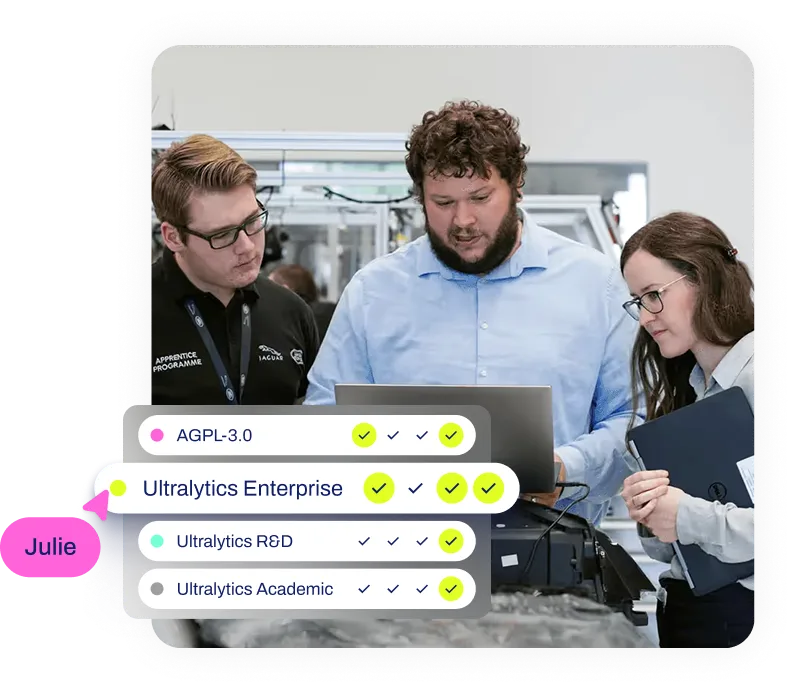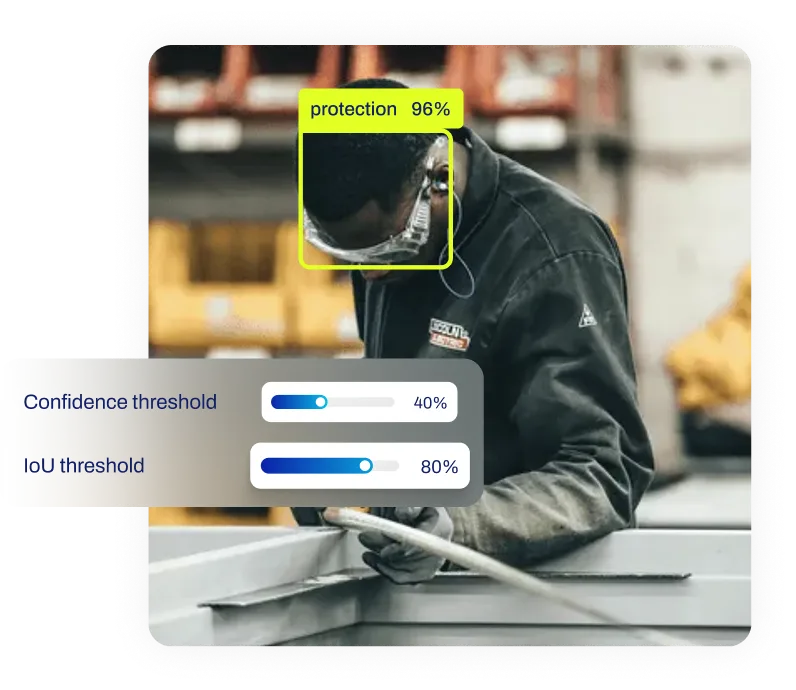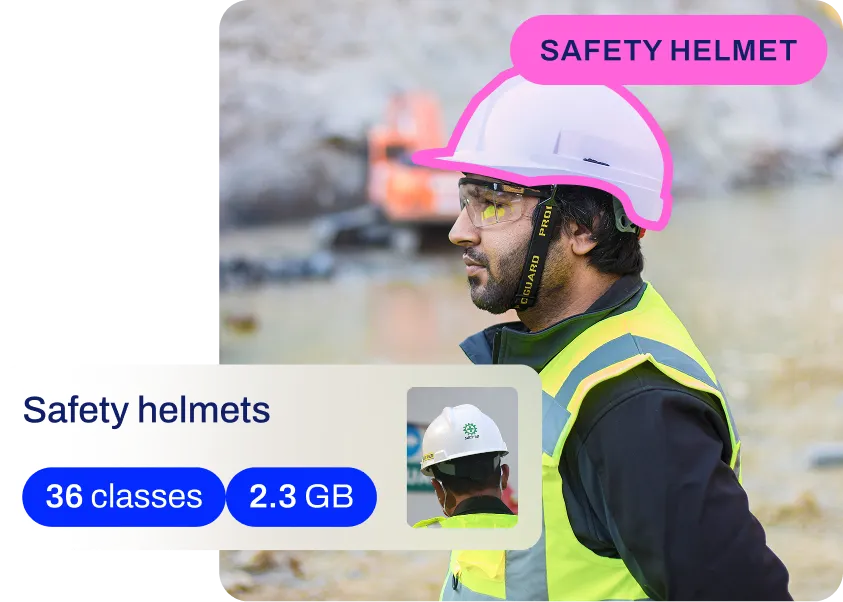Traitement du langage naturel (TAL)
Découvrez les concepts, les techniques et les applications du traitement du langage naturel (TAL) tels que les chatbots, l'analyse des sentiments et la traduction automatique.
Glossaire
Traitement du langage naturel (TAL)
Découvrez le traitement du langage naturel (NLP), la technologie qui permet aux ordinateurs de comprendre, d'interpréter et de manipuler le langage humain.
le langage humain.
Le traitement du langage naturel (NLP) est une branche spécialisée de l'intelligence artificielle (IA).
l'intelligence artificielle (IA) et de l'informatique
l 'informatique qui se concentre sur l'interaction entre les ordinateurs et les
humains par le biais du langage naturel. L'objectif ultime du NLP est de lire, déchiffrer, comprendre et donner un sens aux langues humaines d'une manière qui soit utile.
humaines d'une manière qui soit utile. Elle comble le fossé entre la communication humaine et la compréhension informatique,
permettant aux systèmes de traiter efficacement de grandes quantités de textes non structurés et de données vocales. Des
des chatbots aux services de traduction, le NLP est à l'origine de nombreuses
interactions numériques que nous vivons au quotidien.
Comment fonctionne la PNL
Les systèmes de la PNL décomposent le langage en éléments plus courts et plus élémentaires afin de comprendre les relations entre eux et la façon dont ils fonctionnent ensemble pour créer du sens.
comment ils fonctionnent ensemble pour créer du sens. Ce processus comprend plusieurs étapes et technologies clés :
-
Latokenisation: La première étape de la plupart des
dans la plupart des pipelines NLP, où le texte brut est divisé en unités plus petites appelées tokens (mots, sous-mots ou caractères).
-
Modélisation statistique : Les premiers systèmes de NLP étaient basés sur des règles, mais les approches modernes utilisent l'apprentissage automatique pour apprendre des modèles à partir de données statistiques.
l 'apprentissage automatique (ML) pour apprendre des
de grands ensembles de données.
-
Apprentissage profond (DL): Réseaux neuronaux
réseaux neuronaux avancés, en particulier
les réseaux neuronaux récurrents (RNN) et les
transformateurs, ont révolutionné le domaine. L'architecture
L'architecture Transformer, introduite dans l'article
L'attention est tout ce dont vous avez besoinpermet aux modèles de traiter les dépendances à longue portée dans le texte et constitue la base des modèles linguistiques modernes (LLM) tels que GPT-4, GPT-4 et GPT-4.
grands modèles linguistiques (LLM) modernes comme GPT-4
et BERT.
Applications concrètes
La PNL fait partie intégrante de nombreuses technologies modernes. Voici deux exemples concrets de son application :
-
L'analyse des sentiments dans la finance et le commerce de détail
Retail:Les entreprises et les institutions financières utilisent le NLP pour évaluer l'opinion publique en analysant le texte des médias sociaux, des nouvelles,
et les commentaires des clients. En classant le ton émotionnel du texte comme positif, négatif ou neutre, les entreprises peuvent
prédire les tendances du marché boursier ou évaluer la réputation d'une marque. Des outils tels que la suite
Stanford CoreNLP sont souvent utilisés pour de telles tâches.
-
Documentation clinique dans le domaine de la santé
Dans le domaine médical, le NLP extrait automatiquement les informations essentielles des notes cliniques non structurées, telles que les symptômes du patient, les diagnostics et les médicaments.
les symptômes, les diagnostics et les médicaments des patients. Cela permet d'automatiser les processus de codage (comme la CIM-10), d'améliorer la prédiction des risques pour les patients et de rationaliser les flux de travail administratifs.
et rationalise les flux de travail administratifs, comme le soulignent les recherches menées par des organisations telles que le National Institutes of Health (NIH).
National Institutes of Health (NIH).
NLP vs. Concepts connexes
Bien que la PNL soit un vaste domaine, elle est souvent confondue avec des sous-domaines spécifiques ou des technologies connexes :
-
Compréhension du langage naturel (NLU):NLU est un sous-ensemble du NLP spécifiquement axé sur la compréhension de la lecture par la machine, c'est-à-dire la détermination du sens et de l'intention du texte.
le sens et l'intention du texte. Alors que le NLP comprend le traitement et la génération, le NLU traite strictement de la compréhension.
la compréhension.
-
Vision par ordinateur (VA):La VA
se concentre sur l'interprétation de données visuelles (images/vidéo), tandis que le NLP se concentre sur les données linguistiques. Cependant, ces domaines
convergent de plus en plus dans
applications multimodales de l 'IA, telles que le
comme le sous-titrage d'images ou la réponse à des questions visuelles. Ultralytics se spécialise dans l'IA multimodale avec des modèles tels que
YOLO11mais l'intégration efficace de la CV avec le NLP (par exemple, par l'intermédiaire de
YOLO) permet la détection de vocabulaire ouvert à l'aide d'invites
texte.
Exemple de code : Reconnaissance d'entités nommées
Une tâche courante de la PNL est
Reconnaissance d'entités nommées (NER)qui
identifie et classe des entités clés dans un texte. L'exemple suivant utilise le populaire spaCy bibliothèque pour
d'extraire des entités, un flux de travail comparable à celui que l'on peut utiliser pour extraire des entités. ultralytics pour la détection d'objets.
# Install spaCy: pip install spacy
# Download model: python -m spacy download en_core_web_sm
import spacy
# Load a pre-trained standard NLP model
nlp = spacy.load("en_core_web_sm")
# Process a text string containing entities
text = "Ultralytics launched YOLO11 in Madrid this year."
doc = nlp(text)
# Iterate over detected entities and print their label
for ent in doc.ents:
print(f"Entity: '{ent.text}' | Label: {ent.label_}")
# Output: Entity: 'Ultralytics' | Label: ORG, Entity: 'YOLO11' | Label: PRODUCT, ...
Outils et ressources clés de la PNL
Le développement d'applications NLP nécessite des outils robustes. Les outils Python offre d'excellentes
d'excellentes bibliothèques :
-
spaCy: Conçu pour une utilisation en production, il offre des modèles pré-entraînés rapides et précis pour de nombreuses langues.
précis pour de nombreuses langues.
-
NLTK (Natural Language Toolkit): Une plateforme de premier plan pour
construire des programmes Python pour travailler avec des données sur le langage humain, idéale pour l'enseignement et la recherche.
-
Plate-formeUltralytics : Bien que centrée sur la vision, la plateforme
la plateforme prend en charge le cycle de vie des modèles d'IA et, avec l'essor des modèles multimodaux, elle facilite la gestion de systèmes d'IA complexes.
des systèmes d'IA complexes.
Pour en savoir plus sur le rapprochement de la PNL et de la vision par ordinateur, lisez notre guide intitulé
le rapprochement de la PNL et de la vision par ordinateur.












